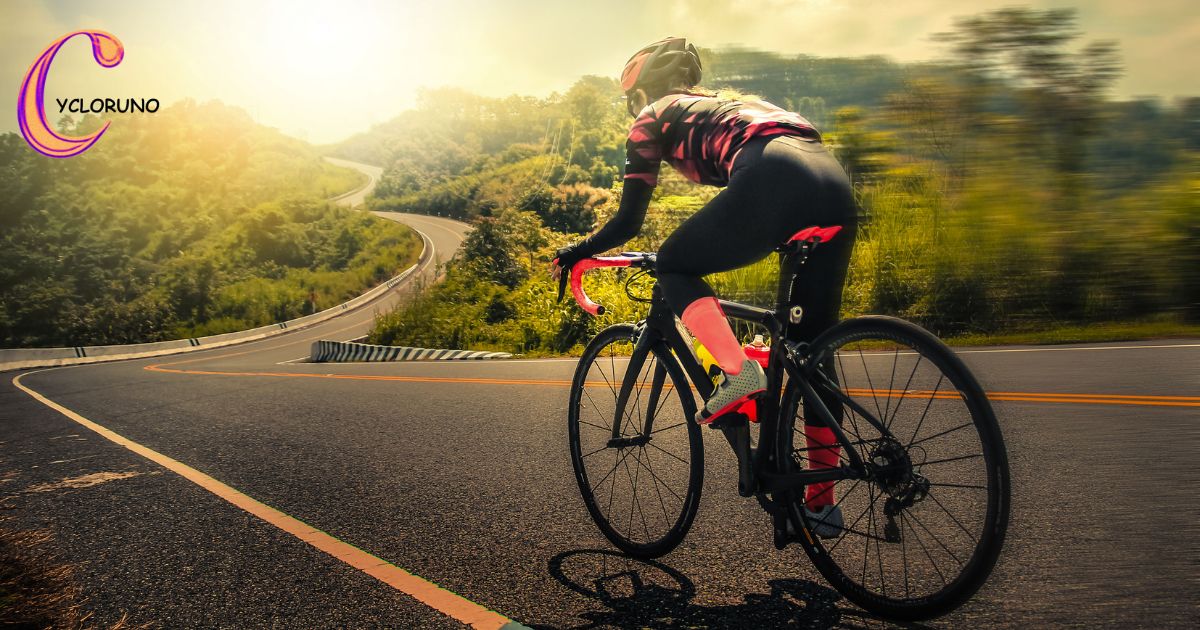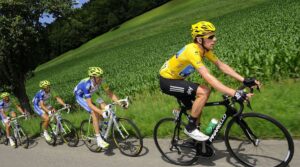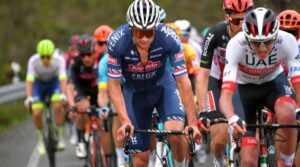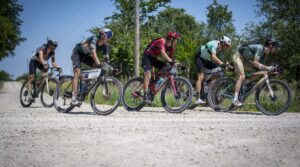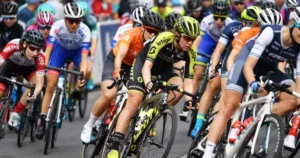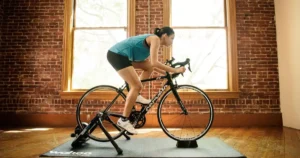Engaging in cycling goes beyond just enjoying a scenic ride it’s also a fantastic way to strengthen various muscle groups throughout your body. Understanding the muscles that benefit from cycling can provide insight into the full-body workout this activity offers.
Cycling primarily targets the muscles in your lower body, including the quadriceps, hamstrings, and calf muscles. As you pedal, these muscles engage in a rhythmic motion, contributing to improved strength, endurance, and overall leg muscle tone. Additionally, the continuous pedaling action also involves the muscles in the hips, helping to enhance stability and flexibility.
The benefits extend beyond the lower body. Cycling also engages the muscles in your core, including the abdomen and lower back, as they work to stabilize your body during the ride. This comprehensive engagement of both lower and core muscles makes cycling an effective and enjoyable way to promote overall fitness and muscle health.
Muscles Does a Bike Work
Cycling is a full-body workout that engages various muscle groups. The primary muscles involved are in the lower body, including the quadriceps, hamstrings, and calf muscles. These muscles work together to pedal and generate power. Cycling activates the glutes, which play a crucial role in stabilizing the pelvis and providing strength during each pedal stroke. The continuous pedaling motion also engages the muscles around the hip joint, promoting flexibility and strength.
Beyond the lower body, cycling also involves the core muscles. The core acts as a stabilizer during cycling, helping to maintain proper posture and balance. A strong core is essential for efficient power transfer from the lower body to the pedals. While the upper body is less active in cycling, it is not entirely dormant. The muscles in the upper back, shoulders, and arms are engaged to some extent, especially during uphill climbs or when steering the bike.
Lower Body
The lower body bears the brunt of the cycling effort, making it a powerhouse of muscle activation. The quadriceps, located in the front of the thighs, contract to extend the knee and push the pedal downward. Simultaneously, the hamstrings at the back of the thighs assist in the pedaling motion by flexing the knee.
The calf muscles play a pivotal role, particularly during the upward phase of the pedal stroke, as they point the toes and engage the ankle. The combination of these muscle groups creates a dynamic and well-coordinated movement, contributing to the efficiency of cycling as a lower-body workout.
Core
The core muscles are the unsung heroes of cycling, providing stability and support throughout the ride. Engaging the core helps maintain proper posture on the bike, preventing fatigue and discomfort. The rectus abdominis, obliques, and transverse abdominis are key players in stabilizing the pelvis and spine, ensuring a smooth and efficient pedal stroke. A strong core also contributes to balance, crucial for navigating varying terrains and maintaining control of the bike.
Upper Body
While the upper body is not the primary focus of cycling, it is not entirely passive during a ride. The muscles in the upper back, including the trapezius and rhomboids, are engaged to maintain proper posture. This becomes especially important during longer rides when fatigue may set in, and maintaining an upright position is essential for comfort and efficiency.
Indoor Cycling vs. Outdoor Riding
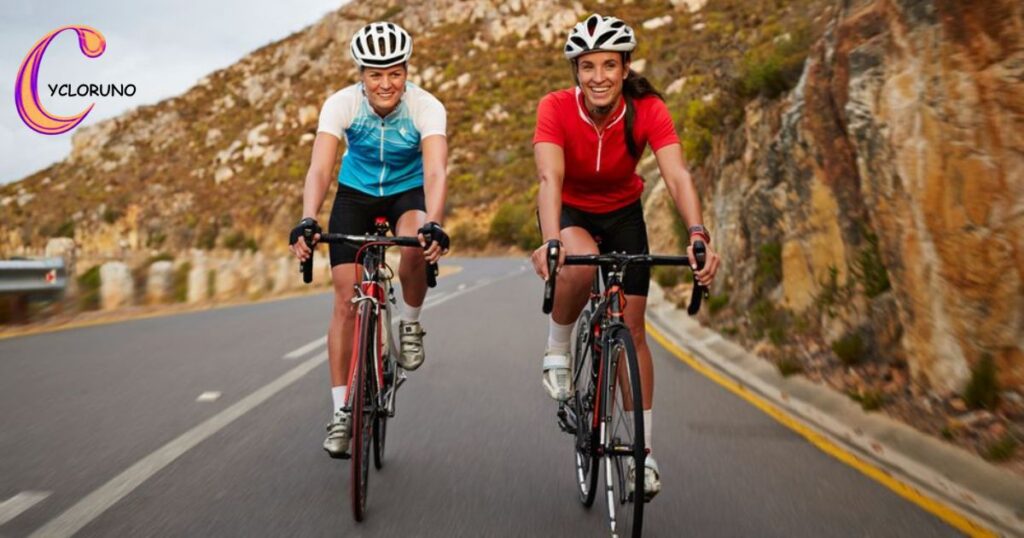
Indoor cycling and outdoor riding offer distinct experiences, each with its own set of benefits and considerations. Indoor cycling, often done on stationary bikes or through virtual classes, provides a controlled environment for workouts. This controlled setting allows cyclists to focus on specific training objectives, such as interval training or resistance workouts. Indoor cycling also eliminates external factors like weather conditions, making it a convenient option for consistent training.
On the other hand, outdoor riding offers a more immersive experience, allowing cyclists to explore different terrains and enjoy the benefits of fresh air and natural scenery. Outdoor riding engages additional muscles for balance and control, as riders navigate varied landscapes and adapt to changing conditions. The mental aspect of outdoor riding, including the sense of freedom and connection with nature, adds a unique dimension to the overall cycling experience.
How Long Does it Take to Build Muscle by Cycling?
The timeline for building muscle through cycling varies based on factors such as individual fitness levels, training intensity, and frequency. Consistent cycling, combined with proper nutrition and recovery, can lead to noticeable muscle development over several weeks to months. Beginners may experience initial gains in endurance and overall muscle tone within the first few weeks of regular cycling.
For more significant muscle growth, incorporating strength training exercises alongside cycling can expedite the process. High-intensity interval training (HIIT) on the bike, coupled with targeted strength exercises for key muscle groups, can enhance both strength and muscle definition. It’s essential to listen to the body, gradually increase training intensity, and allow for sufficient rest to avoid overtraining and injuries during the muscle-building process.
Caring for Muscles Used During Cycling
Caring for the muscles used during cycling involves a holistic approach that includes proper warm-up, cool-down, and recovery strategies. Before a ride, warming up the muscles with dynamic stretches and light cycling helps prepare the body for the upcoming physical activity. After a ride, a thorough cool-down, including static stretching, can aid in muscle recovery and flexibility.
Incorporating rest days into a cycling routine is crucial for muscle recovery and overall performance improvement. During rest days, the body repairs and strengthens muscles, reducing the risk of overuse injuries. Adequate hydration and a balanced diet, rich in protein and nutrients, support muscle recovery and fuel the body for optimal performance. Additionally, incorporating activities like foam rolling or massage can help alleviate muscle tension and enhance overall muscle health.
The Cyclist’s Main Attraction
The primary attraction for many cyclists is the cardiovascular and endurance benefits that cycling provides. The sustained aerobic activity elevates the heart rate, improving cardiovascular health and lung capacity. This makes cycling an excellent choice for those looking to enhance their overall fitness and stamina. The rhythmic nature of pedaling also promotes mental well-being, reducing stress and anxiety while providing a sense of accomplishment.
Beyond the physical and mental benefits, cycling is a low-impact exercise, making it accessible to individuals of various fitness levels and ages. The smooth, circular motion of pedaling minimizes stress on the joints, making cycling a suitable option for those with joint concerns or injuries. The versatility of cycling, whether for commuting, recreation, or competitive racing, adds to its appeal as a sustainable and enjoyable form of exercise.
The Meat and Potatoes
The meat and potatoes of cycling lie in its ability to deliver a well-rounded fitness experience. The meat represents the muscular engagement and strength development across the lower body, core, and even the upper body to a lesser extent. The continuous motion of pedaling, coupled with resistance adjustments, challenges the muscles and promotes endurance. This combination makes cycling an efficient way to burn calories and improve overall body composition.
The potatoes refer to the foundational benefits of cycling, including improved cardiovascular health, increased lung capacity, and enhanced mental well-being. Cycling provides a platform for individuals to customize their workouts, whether focusing on fat loss, muscle building, or simply enjoying the ride.
Implications for Your Pedal Stroke

Understanding the implications of your pedal stroke is crucial for maximizing the efficiency and effectiveness of your cycling workout. A smooth and controlled pedal stroke involves not just pushing down on the pedals but also pulling up and maintaining a consistent circular motion. This engagement of all phases of the pedal stroke distributes the workload among different muscle groups, promoting balanced muscle development and reducing the risk of overuse injuries.
Cyclists often benefit from focusing on their pedal technique, ensuring a fluid motion that optimally engages the muscles. Techniques which involves flexing and pointing the toes during the pedal stroke, can contribute to a more efficient and powerful cycling experience. Varying your cadence during different parts of your ride challenges muscles in different ways, providing a more comprehensive workout for both strength and endurance.
Frequently Asked Questions
What happens if my muscles are imbalanced?
Muscle imbalances can occur if certain muscle groups are overused or underused during activities like cycling.
Doesn’t cycling work the arms?
Cycling primarily engages the lower body, so it doesn’t work the arms as intensively.
What muscles are toned by cycling?
Cycling predominantly tones muscles in the legs, including the quadriceps, hamstrings, and calf muscles.
Does cycling tone your stomach?
While cycling engages core muscles, it may not be sufficient alone to tone the stomach; incorporating additional core exercises is beneficial.
Will cycling build muscle?
Cycling can build leg muscles, but for overall muscle development, incorporating a variety of exercises targeting different muscle groups is recommended.
Conclusion
Cycling engages key muscle groups such as the legs, especially the quadriceps and hamstrings. The rhythmic pedaling action also activates the calf muscles, contributing to a toned lower body. Additionally, the core muscles play a role in maintaining stability while cycling, although targeted exercises may be necessary for comprehensive abdominal toning.
While cycling works various muscles, incorporating a mix of exercises targeting different areas ensures a well-rounded fitness routine. Whether it’s strengthening the upper body or focusing on core stability, a diversified approach to exercise complements the benefits of cycling, promoting overall muscle health and fitness.
